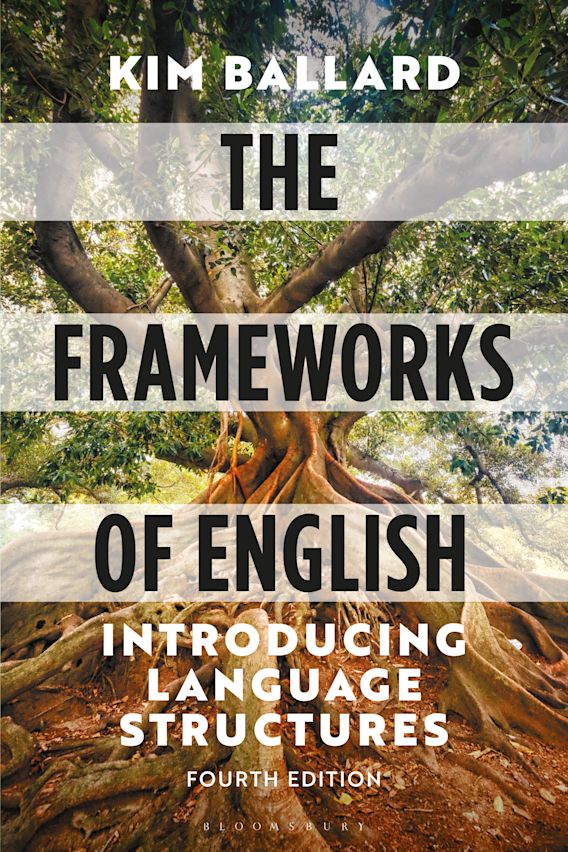



johndoe@gmail.com
Are you sure you want to reset the form?
Your mail has been sent successfully
Are you sure you want to remove the alert?
Your session is about to expire! You will be signed out in
Do you wish to stay signed in?
Question 1 (Consolidate)
We saw in Chapter 3 (Section 3.5) that compound words are made up of combinations such as noun + noun, adjective + noun or adjective + adjective. Sometimes, the two elements of a compound word appear coincidentally as a sequence within a phrase structure. For each of the following pairs, analyse the elements in capital letters, identifying the compound words (one in each pairing) and making clear the structural differences between the pairs.
| 1a | His umbrella dripping, he rushed into the office in A WET SUIT |
| 1b | He arrived at the beach already dressed in A WET SUIT |
| 2a | I prefer regular milk to THE LONG LIFE VARIETY |
| 2b | Healthy living is the key to A LONG LIFE |
| 3a | They were READY TO WEAR CLOWN COSTUMES at the charity run |
| 3b | They bought their READY TO WEAR CLOWN COSTUMES at the party shop |
| 4a | Joe bought HIS ROUND TABLE in the January sales |
| 4b | The children loved the stories of King Arthur and HIS ROUND TABLE
|
Answer
| 1a | [a wet suit NP] = determiner + adjective + head noun |
| 1b | [a wetsuit NP] = determiner + compound head noun |
| 2a | [the longlife variety NP] = determiner + compound adjective + head noun |
| 2b | [a long life NP] = determiner + adjective + head noun |
| 3a | [ready [to wear clown costumes nfcl] AdjP] = adjective postmodified by a non-finite clause |
| 3b | [(their) ready-to-wear clown costumes NP] = (determiner) + compound adjective + noun + head noun |
| 4b | [his round table NP] = determiner + adjective + head noun |
| 4a | [his Round Table NP] = determiner + compound head noun (Round Table is also a proper noun) |
(For more detail on postmodifying non-finite clauses, as illustrated in 3a, see Section 6.13.)
Question 2 (Explore)
Consider what clues can be used to distinguish between pairs like those in Question 1.
Answer/discussion
First and foremost, the context probably provides the best clue, for example the contrast between an office and a beach setting in 1a and 1b. (Of course, it’s not impossible that the man arrived at his office in a wetsuit!) Secondly, if you read these examples aloud, you would have noticed different stress patterns for the pairings. For instance, round would typically receive less stress than table in 4a but more in 4b. (See Sections 11.2–11.4 for more on word stress patterns.)
There are also various grammatical clues. For instance, in 2b, the noun life is the only noun in the noun phrase, so it must be the head word. In 3b, their signals the start of a noun phrase structure (in which ready-to-wear is a premodifier), whereas in 3a ready is an adjective complement following the copular verb be and describing the runners (who are also the agents of to wear). In 4a, another premodifier could occur between round and table (such as his round mahogany table), but this wouldn’t be possible in 4b.

.